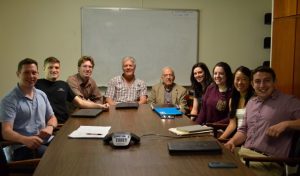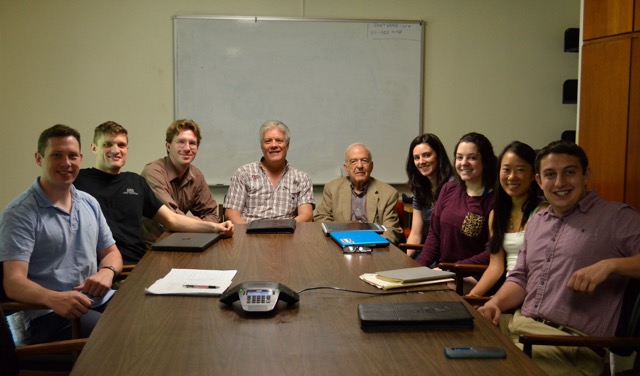Governor Andrew Cuomo’s establishment of New York’s Reforming the Energy Vision (REV) is changing the entire field of energy production and use. Traditional producers of electricity, such as large power plants, are transitioning from burning fossil fuels to creating renewable sources of electric generation. Private companies are becoming electricity producers, and even traditional consumers, such as you and I, are placing solar panels on our roof tops and producing electricity.
As a result, the entire electric grid is also being transformed. The future electric grid will impact how we consume electricity and what we use to consume it, from incentives to consume at off-peak hours to charging our electric vehicles at home or in public.
As a dual degree student with the Elisabeth Haub School of Law at Pace University and the Bard College Center for Environmental Policy, I’m experiencing the administrative law that is bringing the Governor’s policy into the real world during my internship with the Pace Energy and Climate Center.
The Center is located on the law school’s campus in White Plains, NY. It believes that engagement of the government and key stakeholders leads to better public policy. This academic approach to energy policy and law allows the Center to turn ideas into action. The Pace team are experts in almost all aspects of the energy law arena.

My internship involves working in the dynamic energy areas of
- Valuing of Distributive Energy Resources
- Effects of Energy Bills on Low and Moderate Income Customers
- Combined Heat and Power Financing Projects
- Con Edison Rate Case Proceedings
- RGGI
Of these, probably the most exciting and emerging area of energy for Pace and myself is the first–valuing of distributive energy resources (DER).
The Value of DER
Proceedings are underway to create a methodology to value distributive energy resources, such as solar or wind. When large power plants generate electricity and utilities supply it to the public, the prices they charge are regulated by public policy and law. The next big question is, what price can a private company or private citizen charge for creating their own electricity by the use of solar panels or wind turbines?
The easy answer so far has been, the same price. Although this answer makes sense in some respects, it does not reflect the nuances of a complex electric grid, pricing schemes, and public policy. Utilities by law must maintain the grid system at a cost, while their profits are regulated by the government. So, why should a private individual be able to collect the same profits, while being subsidized by the government, and pay for none of the maintenance?
To address these issues, New York State, under REV, is creating one universal methodology, or equation, that is fair to the utilities as well as the private citizen. This methodology will be applied to all forms of distributive energy resources, such as solar, wind, hydro, etc. The creation of this methodology is bringing together the government, private stakeholders, the utilities, and the public. The goal is to create a template for all other states to follow as they undergo this transition in the future.
Although aspects of the methodology involve trade secrets or corporate finances, areas of consideration for the equation may be the following:
- Time-dependent values – if you produce energy during a peak demand (say 2PM in July) the energy is worth more money
- Locational values – if you produce energy at a location that needs it (say Brooklyn, NY) the energy is worth more money
- Resiliency Value – if you produce energy that could be used during a blackout (say within a storm surge flood plain) the energy is worth more money
- Avoided Energy Costs – if enough people in a community produce energy that a utility does not need to build new expensive infrastructure, the energy is worth more money
- Environmental Costs – if your energy displaces CO2, Sox, or NOx, the energy is worth more money
Ongoing Efforts Linked to the Policy Framework
 The implementation of REV in New York State is creating a new environment for the economic structure of renewable energy generation. The development of a two-way grid where consumers and utilities can sell, purchase, or off-set their use when they need to, will lead to an efficient and environmentally sustainable future. My work with Pace is helping to guide administrative law proceedings as Pace holds utilities and private companies to a standard that represents the future of energy use in New York in relation to the affordable right of all to electricity.
The implementation of REV in New York State is creating a new environment for the economic structure of renewable energy generation. The development of a two-way grid where consumers and utilities can sell, purchase, or off-set their use when they need to, will lead to an efficient and environmentally sustainable future. My work with Pace is helping to guide administrative law proceedings as Pace holds utilities and private companies to a standard that represents the future of energy use in New York in relation to the affordable right of all to electricity.

